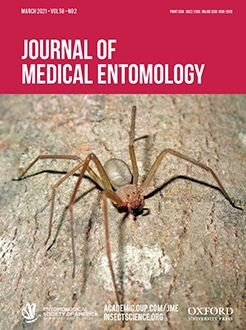An effective control of malaria vectors requires an extensive knowledge of mechanisms underlying the resistance-phenotypes developed by these vectors against insecticides. We investigated Anopheles gambiae mosquitoes from Benin and Togo for their intensity of insecticide resistance and we discussed the involvement of genotyped mechanisms in the resistance-phenotypes observed. Three- to five-day-old adult mosquitoes emerged from field and laboratory An. gambiae larvae were assayed using WHO tube intensity tests against various doses of deltamethrin: 1× (0.05%); 2× (0.1%); 5× (0.25%); 7.5× (0.375%) and those of pirimiphos-methyl: 0.5× (0.125%); 1× (0.25%). Members of An. gambiae complex were screened in field populations using polymerase chain reaction (PCR) assays. The presence of kdrR(1014F/1014S) and ace-1R(119S) mutations was also investigated using TaqMan and PCR-RFLP techniques, respectively. Anopheles gambiae from field were very resistant to deltamethrin, whereas KisKdr and AcerKdrKis strains displayed 100% mortality rates at 2× the diagnostic dose. In contrast, the field mosquitoes displayed a low resistance-intensity against 1× the diagnostic dose of pirimiphos-methyl, whereas AcerKis and AcerKdrKis strains showed susceptibility at 0.5× the diagnostic dose. Anopheles gambiae s.s., Anopheles coluzzii, and Anopheles arabiensis were identified. Allelic frequencies of kdrR (1014F) and ace-1R (119S) mutations in the field populations varied from 0.65 to 1 and 0 to 0.84, respectively. The field An. gambiae displayed high-resistance levels against deltamethrin and pirimiphos-methyl when compared with those of the laboratory An. gambiae-resistant strains. These results exhibit the complexity of underlying insecticide resistance mechanisms in these field malaria vectors.
Graphical Abstract
Summary: The field An. gambiae displayed high resistance levels against deltamethrin and pirimiphos-methyl when compared to those of the laboratory An. gambiae resistant strains. These results exhibit the complexity of underlying insecticide resistance mechanisms in these field malaria vectors.






